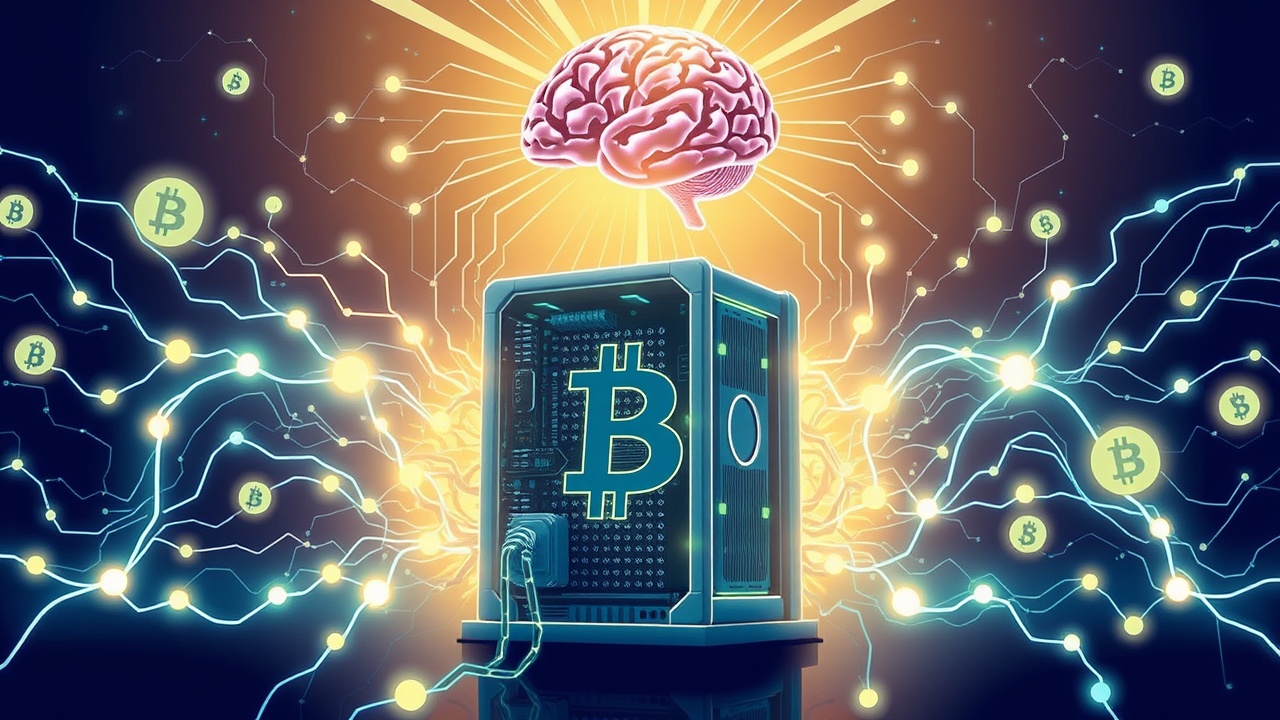Shifting Trends in Bitcoin Mining
Recent trends reveal a noteworthy shift within the Bitcoin mining sector, as companies traditionally focused on cryptocurrency extraction are now pivoting towards the burgeoning field of artificial intelligence (AI). This evolution is propelled by the increasing computational demands emanating from AI applications, leading mining enterprises to explore new revenue streams by offering computing services tailored to AI needs.
Infrastructure Similarities
The infrastructure built for Bitcoin mining shares key attributes with that of AI data centers, primarily the need for low-cost energy, reliable cooling systems, and stable operational environments. This similarity facilitates a relatively seamless transition for mining companies aiming to diversify.
Noteworthy players such as CoreWeave, Hive, Hut 8, Iris Energy, and Crusoe are among those adapting their operations to cater to AI workloads, such as training language models or executing inferencing tasks.
Profitability and Transition Risks
In an age where profitability is increasingly pressured by competition and technical challenges, the allure of pivoting to AI is strong. With AI services commanding generous prices for their computational power, many miners find that this new focus can yield returns that often surpass those from conventional Bitcoin mining—especially when faced with rising mining difficulties and reduced profit margins due to halving events.
“As markets mature and technological landscapes shift, mining operations are increasingly required to focus on energy efficiency and resource optimization.”
Concerns for Bitcoin’s Future
However, this transition raises significant concerns regarding the fundamental principles of Bitcoin itself. If a considerable amount of computing power is redirected towards AI, the implications for Bitcoin’s security and decentralization come into question. The possibility of computing resources being concentrated in the hands of a few large players poses risks that could compromise the integrity of the Bitcoin network.
The Identity of the Mining Sector
Moreover, this pivot invites introspection about the identity of the mining sector. Originally designed to maintain a decentralized network through incentivization, the mining sector risks evolving into a generic computing service industry. While this evolution can be viewed as a strategic adaptation to changing market conditions, it symbolizes a potential departure from the foundational ideals that underpin Bitcoin’s existence.
Looking Ahead
The pivotal question moving forward may not be whether this shift is beneficial or detrimental. Instead, it lies in the implications for Bitcoin’s future identity and the ecosystem at large. As regulations evolve and competition intensifies, the resilience of mining operations will depend on their ability to navigate these transformations while preserving their core mission.
Should mining evolve into a branch of the AI sector, the broader consequences could challenge the very essence of why Bitcoin was created and the role it plays in the digital economy. Whether this trend signifies a lasting transformation or merely a temporary shift remains to be seen.

















